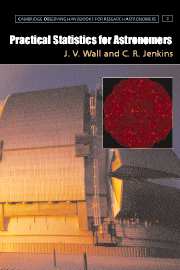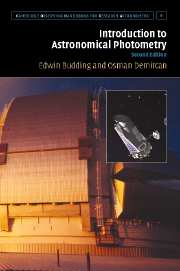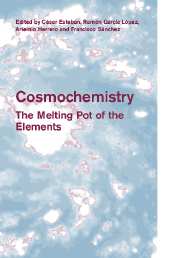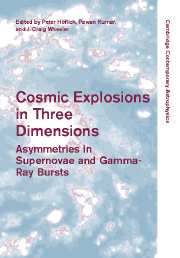Physical, chemical, and biological phenomena are regularly studied or induced optically. Such experiments can involve light absorption, light emission, or light scattering. We can characterize any experimental arrangement where light is used, produced, measured, modified, or detected as an overall optical system. Any such optical system will always be reducible to three parts: a source of light, a detector of that light, and everything in between. We will frequently refer to this important and varied intermediary arrangement as the optical system. Consequently, our discussion of overall optical system design and construction will involve three key topics: sources, optical systems, and detectors (to be discussed in detail inChapter 7). The light source may be a laser, lamp, light-emitting diode, or the Sun. The detector may be a vacuum tube, solid-state device, or even the eye. Light intensity may vary from continuous wave (CW) to pulsed, and these pulses may have durations as short as a few femtoseconds. Passive elements in the system may transmit, reflect, combine, polarize, or separate light according to its spectral content. Nonlinear optical elements change the spectral content of light.
It is our aim in this chapter to explain the basic concepts that need to be understood by the experimentalist who uses optical techniques. In addition, we will provide examples of useful techniques for producing, controlling, analyzing, and modulating light.
OPTICAL TERMINOLOGY
Light is one form of electromagnetic radiation, the many categories of which make up the electromagnetic spectrum.




